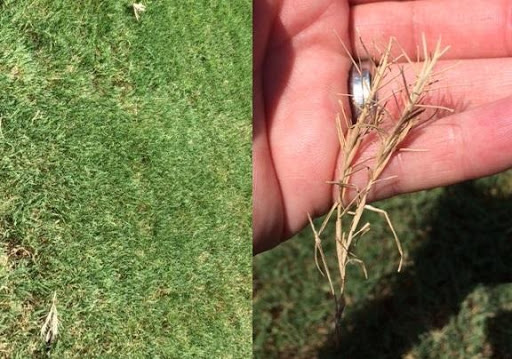Your Cart
(972) 865-2204
Call us for more information
Refer a Friend
Invite & Earn Rewards
Career
Opportunities








